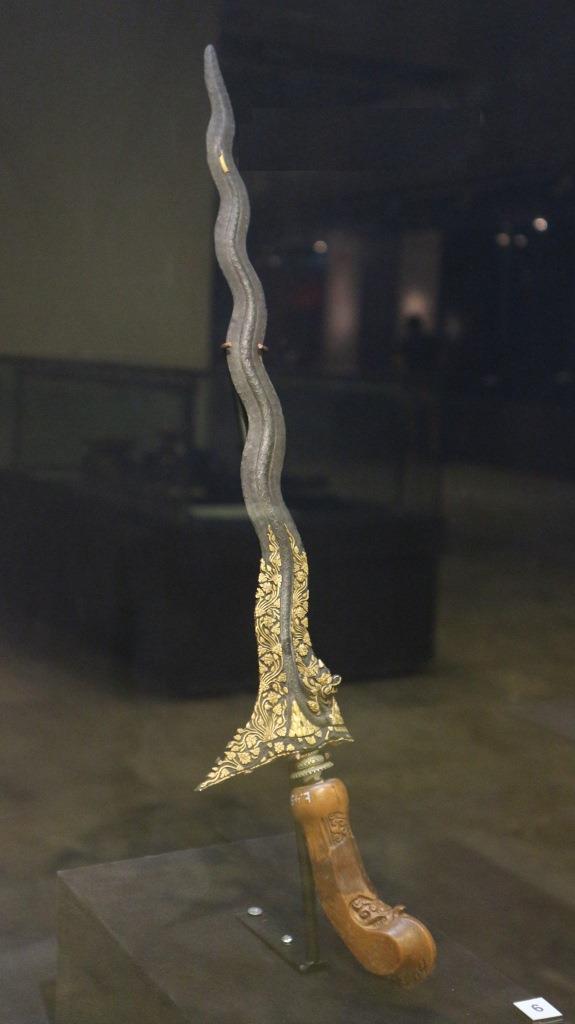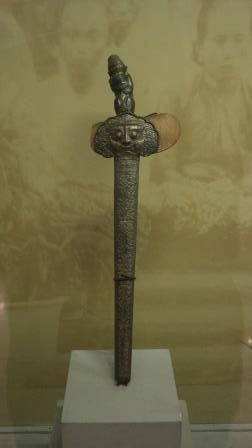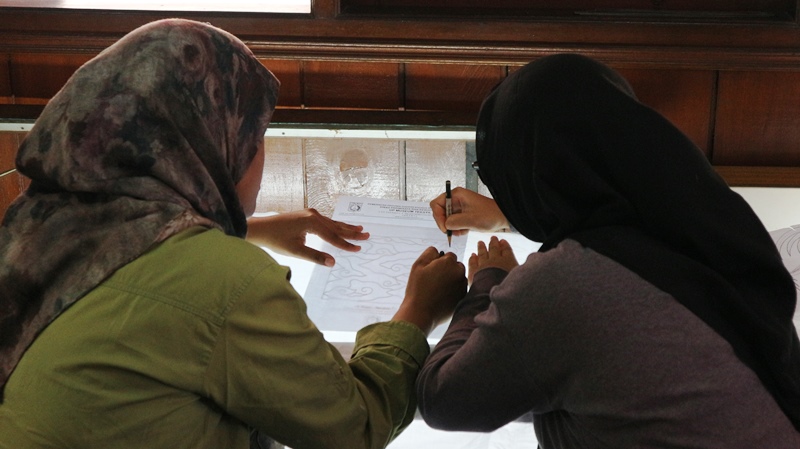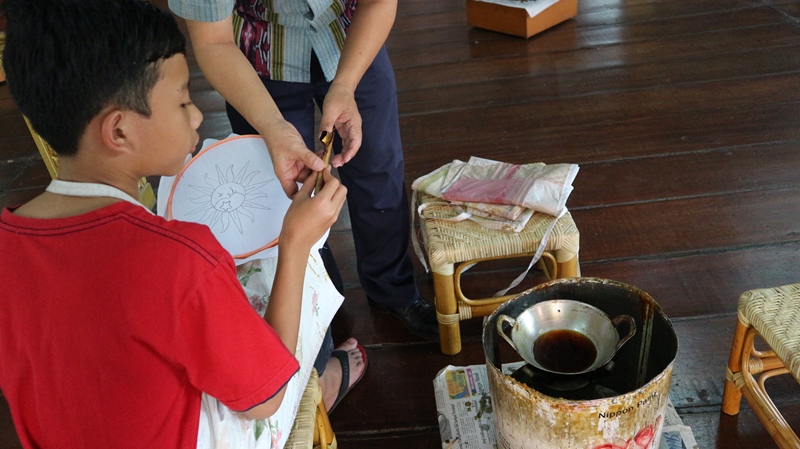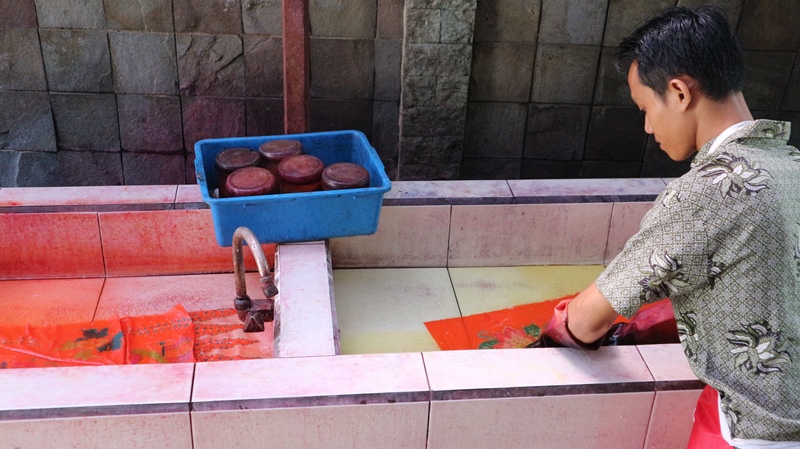Fatahillah Museum is an iconic view of Old Batavia. There is a lot to see in the Jakarta Old Town complex that might catch your attention. One of them is a little fountain that quite stands out in the middle of the square, in front of the museum.
It is shaped like a small monument, designed with a little dome on the top of it. It was built as a replica of a water supply in the 1970s era, whereas water around the city is contaminated, and there is a scarcity for clean water, causing illnesses and deaths. So, the government-built pipes and provided supplies for the Old Batavia area from other areas.
The fountain is a product of a reconstruction from the authentic water fountain that is built in colonial era of VOC. The references are from Johannes Rach’s painting, a famous painter from VOC. So, it is not functioning as a “real” water supply for the city, but only a monument to commemorate the history of Old Batavia.
Although it does not have a functioning water supply, it has become a spot of tourist attractions inside the Old Batavia complex. Many people from inside or outside the city keep visiting the the complex to spend their weekends with their families.
The placement of the fountain adds a nice touch for a view if you look at Fatahillah Museum from a distance. Aside from the fountain, there are also a lot of different spots that will attract tourists to take a picture of. So, it is a nice place to hunt and take artistic photos. A few people are also taking their pre-wedding pictures inside or around the complex.
If you are curious about the real appearance and history of this water fountain, come visit Jakarta and take a walk around the Old Town complex. You can also look and get an in-depth insight into Jakarta’s history and culture by joining a Jakarta Old Tour with Jakarta Walking Tour. So, what are you waiting for? See you in Jakarta!


